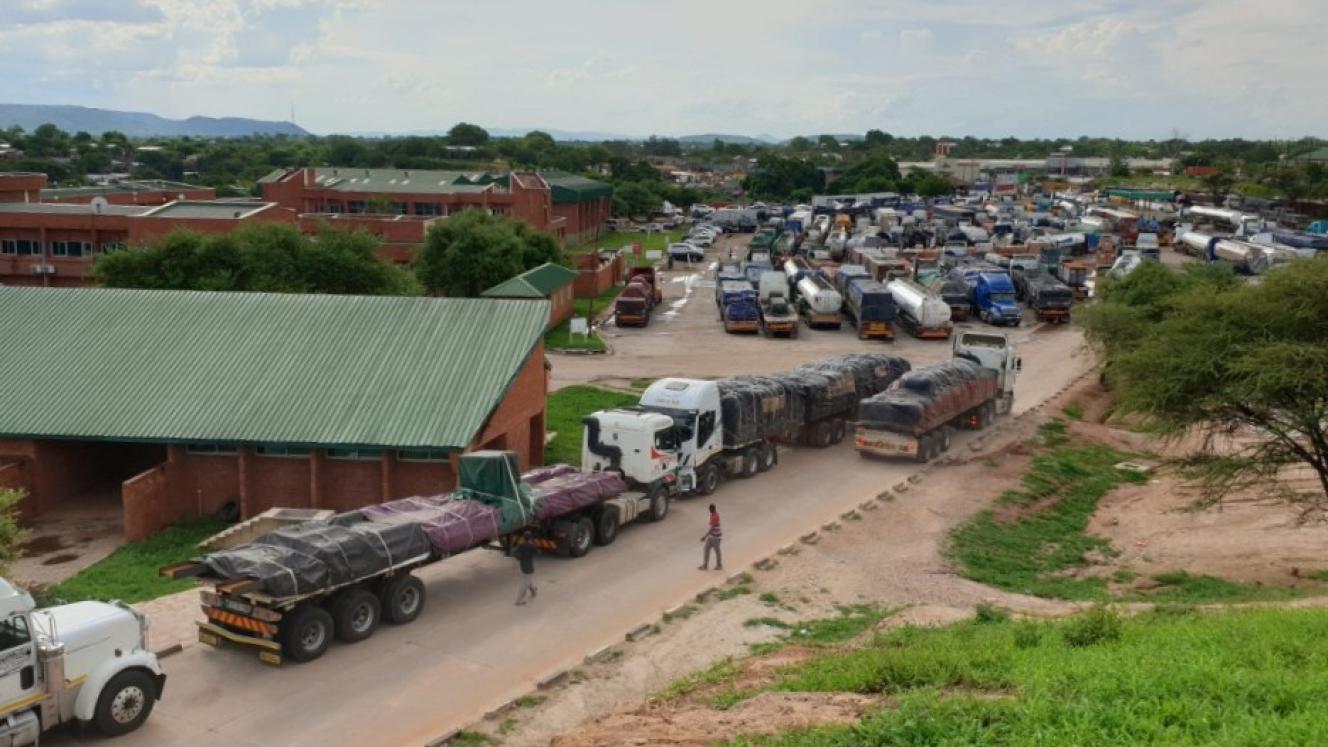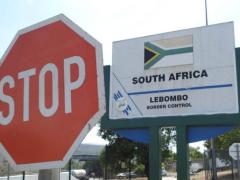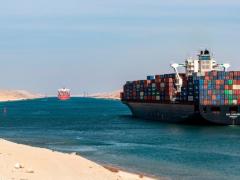Yet more research-based evidence has emerged of globalised supply-chain arrangements being recalibrated to fit in with near-shoring, a manufacturing trend bolstered by the widespread disruption that followed the Covid-19 pandemic and Russia’s war on Ukraine.
Last year it was reported that this shift, referred to by some as Globalisation 2.0, actually originated in the economic protectionism that the previous US administration of Donald Trump embarked on by implementing tariffs on Chinese goods.
The resulting trade spat between the two leading markets was the perfect precursor to the supply-chain havoc experienced in the aftermath of global events that have played out since January 2020.
It brought about an about-turn of sorts, away from globalisation as we know it, and led to fragmented market alignments that are here to stay, says Bob Koopman, chief economist at the World Trade Organization (https://tinyurl.com/2k2fcda8).
Since then, in a study called ‘Trade in Transition’, it has been found that an overwhelming number of manufacturers approached, namely 96%, confirmed they were looking at linking up with suppliers that are much closer to home.
The study, conducted by DP World and Economist Impact, emphasised that this figure translated into twice the number of companies adopting near-shoring compared to what was the case in 2021 (https://tinyurl.com/yyestvez).
However, not everyone favours this move away from globalisation.
Earlier this week, while world leaders were attending the annual World Economic Forum gathering in Davos, Switzerland, it emerged that 10% of respondents who participated in the survey of some 3 000 company executives cited fragmentation as limiting the growth of international trade.
A statement following the findings of Trade in Transition said: “Beyond the war in Ukraine, US-China tensions and cyber warfare are preventing the efficient functioning of economies worldwide.
“This is leading to increasingly protectionist policies such as the US Infrastructure Bill and the CHIPS and Science Act, which aim to incentivise and prioritise US and North American manufacturing. Similar protectionist policies are popping up all over the world, leading to further fragmentation of the global trade system.”
It was furthermore found that “companies in North America and Europe are most likely to outsource more than half of their services within their region. This is followed by 40% of companies in South America, 36% in the Middle East, 32% in Asia-Pacific, and 18% in Africa, outsourcing within their regions”.
John Ferguson, practice lead for new globalisation at Economist Impact, said: “The shift to regionalisation and reshoring has been sharp, but unsurprising, given the triple threat of higher costs, increased risks and government incentives or requirements to do so.
“Furthermore, businesses in previous decades have only had to focus on the economic aspects of trade, being price, quality and delivery. Now they have to account for other non-economic factors such as resilience and sustainability. All of which is having a drastic shift in supply chains, which we are witnessing both in the survey results and global trade patterns shifts.”
In addition to what the Trade in Transition study has found, McKinsey Global Institute has confirmed the same gradual shift away from globalisation in a related report, The Complication of Concentration in Global Trade.
According to the report, “firms and policymakers alike are examining where inputs come from and, in some cases, are contemplating reconfiguring or even breaking certain long-standing trade ties”.
At a glance, the report reveals that:
- No region is close to being self-sufficient. Every region relies on trade with others for more than 25% of at least one important type of good.
- About 40% of global trade is “concentrated”. Importing economies rely on three or fewer nations for this share of global trade.
- Three-quarters of this concentration comes from economic-specific choices. In these cases (30% of global trade), individual countries source a product from only a few nations, even when global supply options are diversified.
- Over the past five years, the largest economies have not systematically diversified the origins of imports. All have vulnerabilities, some more than others.
- Informed reimagination of global trade requires a granular approach, both in mapping concentrated trade relationships and in deciding on action – whether to double down, decouple, or diversify.













